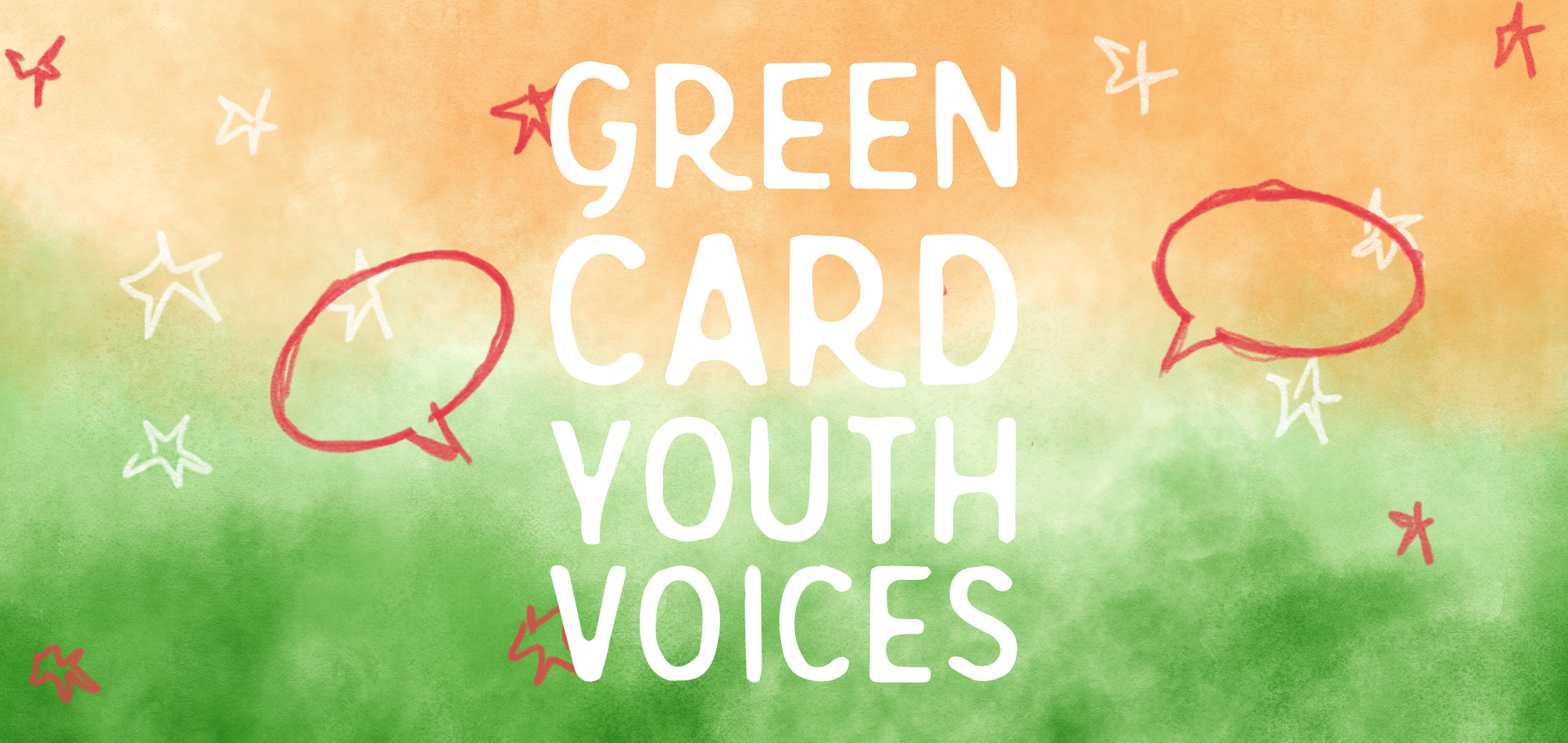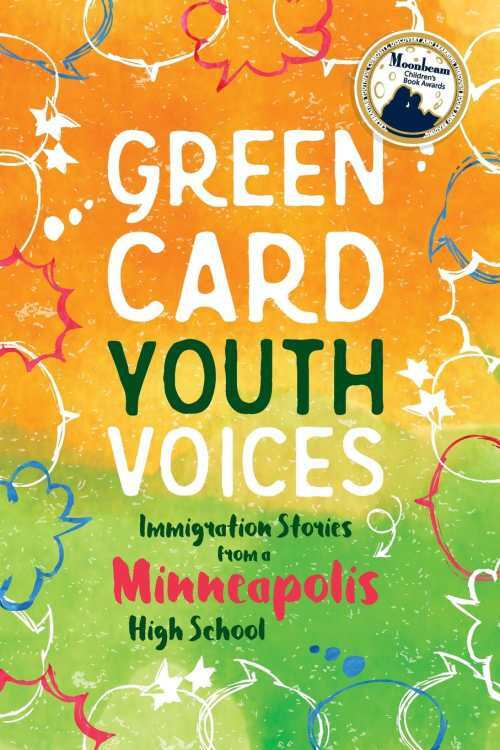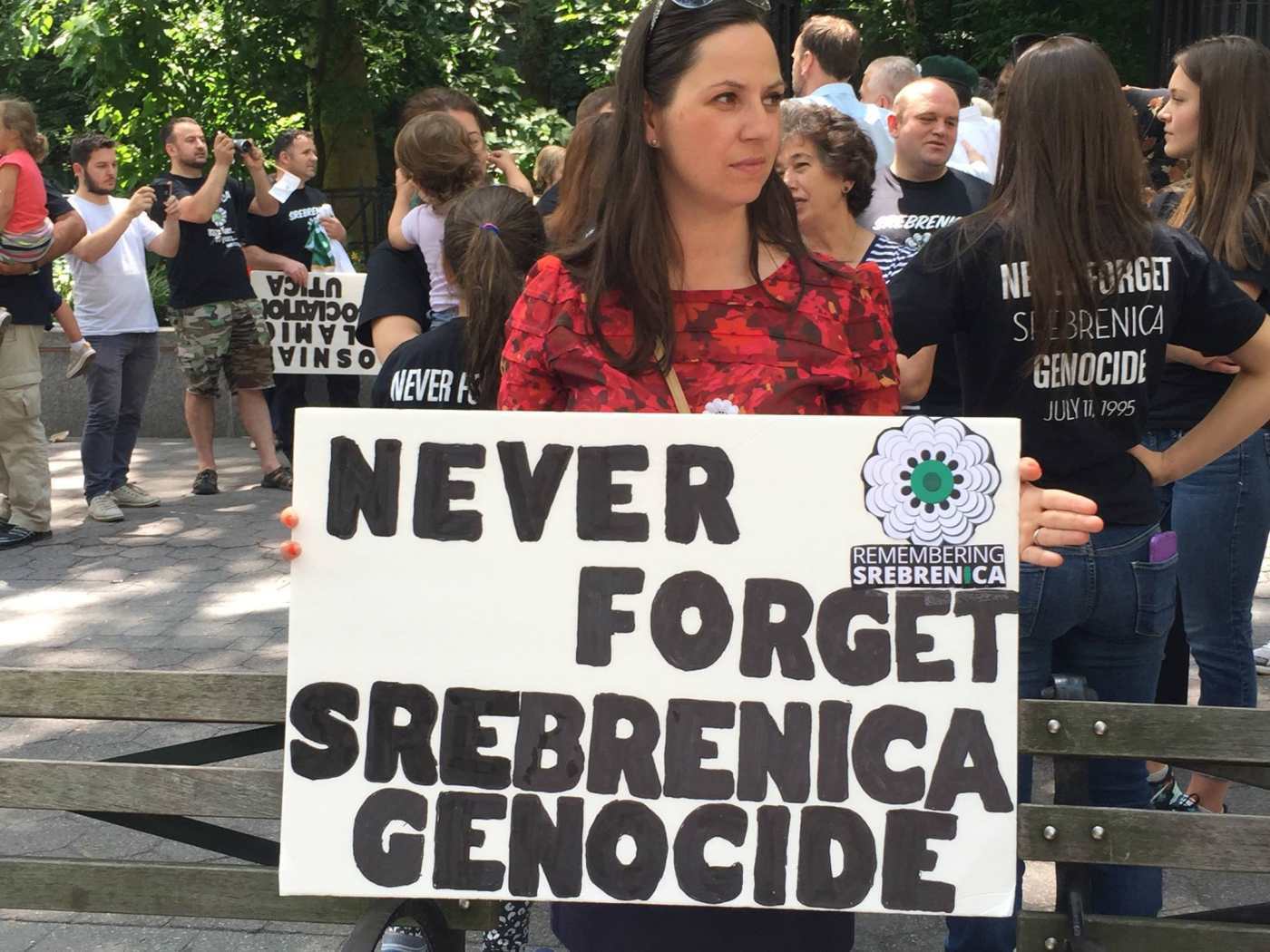Let Them Speak: Green Card Youth Voices

When you picture an immigrant, what is in your mind? Do you see a wall being stacked brick by brick between you and another country? Do you see the Mayflower, sailing over to find religious refuge? Do you see your parents or grandparents or however many great-grandparents (if you’re not Native American) coming over to start their lives here? Sometimes, though, immigrants are just high school teenagers.
In the book Green Card Youth Voices a finalist in Foreword’s INDIES contest, young immigrants each tell the story of where they came from and their new life in America. The book allows readers to see young people, with faces and stories, rather than just the “immigrant” label. Tea Rozman Clark, editor of Green Card Youth Voices, discusses youth immigration below.
What can we, as Americans, do to make a transition for an immigrant youth easier?

Tea Rozman Clark: 'Anyone experiencing such a drastic transition does well in an environment that supports them.'
For new, young Americas, the transition of leaving your home country and coming to the US is so drastic. It affects absolutely every aspect of your life, from the more mundane things like the food you eat, how the air smells, which toothpaste you use, to more significant markers like the ways schools operate (using computers, having teachers that speak very quickly, having access to homework help). Anyone experiencing such a drastic transition does well in an environment that supports them and welcomes them, where people have patience and are willing to explain things. You can’t assume someone knows what the implicit ‘rules’ are, for example, that you go to a different classroom in the school for each class. Additionally, intellect and knowledge of English have zero correlation. Often individuals that are here struggle because they have so much capacity, but don’t yet know the words to express their ideas.
Many of the essays discuss the hardships faced in the teen’s home countries, yet many say they wish to return. Where does that desire come from?
It’s important to remember that just because an individual leaves his/her country, doesn’t mean they don’t love their country and their culture. Immigration is a process. For individuals, even when they are leaving an environment that has poverty and lack of opportunities it is an environment that they are familiar with and that they know. The stories in this book were shared when the students were still in their transition. Like replanting a tree, it takes time for that tree to adapt to the new soil it is planted in. The longer these young people stay here, the more America will feel like home, and the more they will feel like they are becoming a part of this country. In the initial years, it’s hard for them to even fathom that they will be here forever. Beyond this, many have family, friends, and relatives that they leave behind. It’s natural to miss them and want to continue to have relationships with them.
Immigrants, particularly young ones, leave family and friends behind when they come to the US. How does that affect their transition?
Many of these students’ parents came to the US before them, so while they might have been leaving some family behind, they were also often reuniting with family in the US. Beyond simply reuniting though, if you move to a completely new place, you have to start building your social network from scratch. It takes time too, because the people you interact with here are so different, you may not speak the language, and it can be very, very lonely. You’ll notice in the stories that sports have been huge for so many students precisely because it offers an avenue for them to connect with Americans and start making friends.
Why is the US the right place for so many of these young people?
Many of these students didn’t have basic education, didn’t have their basic health needs met. Many of them lived in refugee camps for years and years. Being able to have those basic rights makes the US a good place to live. It’s a great improvement. Whether access to education, sanitation and other rights is available to them in the US or whether it’s somewhere else, doesn’t really matter. What is great about the US, is that as a country America is used to integrating immigrants and thus has special programs like English Learner (EL) programs and refugee resettlement agencies. Also, the US is very diverse, which on a national scale makes immigrants feel more comfortable.

You’ve worked personally helping immigrants from Former Yugoslavia; what services did you provide them?
When I worked in the camps, I worked providing after school art and music-type activities, and organized field trips so the refugee children would experience life outside the camp. We would go to the zoo, go see a movie or a puppet show, and go play in a park or playground. That was in former Yugoslavia. In New York, I also worked with immigrants and refugees from Former Yugoslavia. I worked primarily with artists around the reconciliation that needed to happen following over 10 years of brutal conflict in the region.
A message you’d like to share with young immigrants? With people who are against immigration?
To young immigrants, YOU are your story. There are people that will try to define you, your dreams, and your abilities. You need to listen to the voice inside you. Be the one that tells your story. Be the one that decides what your dreams are going to be. You have the power to decide the course of your future. It will not be easy; there’s a lot of hard work ahead of you, but if you work hard each day and follow your goals, you will be able to reach your destination. Surround yourself with mentors and people that will support you along the way. There are many people like that in America.
To answer the second part of your question, to those who are against immigration, I’ll share the beginning of the introduction to a book we are publishing in Fargo: “The United States is a nation of immigrants - everyone who is not a Native American or a first generation immigrant, is descended from someone who immigrated to these shores, by force or by choice. Immigrants bring new ideas and perspectives that enriches us all. They are entrepreneurial, founding new businesses and creating new jobs. The American landscape is multiracial, multiethnic, and multicultural, which is an inherent strength. An estimated 13.3% of our population, or 42.3 million people, were not born in the United States and immigration to the U.S. is increasing—by 2050, one in five Americans will be an immigrant. This is not unusual as the United States has enjoyed other similar periods in its growth and development. This pattern of immigration has driven our success as immigrants have strengthened the United States for centuries.“

Hannah Hohman is associate editor at Foreword Reviews. You can contact her at hannah@forewordreviews.com.
Hannah Hohman
